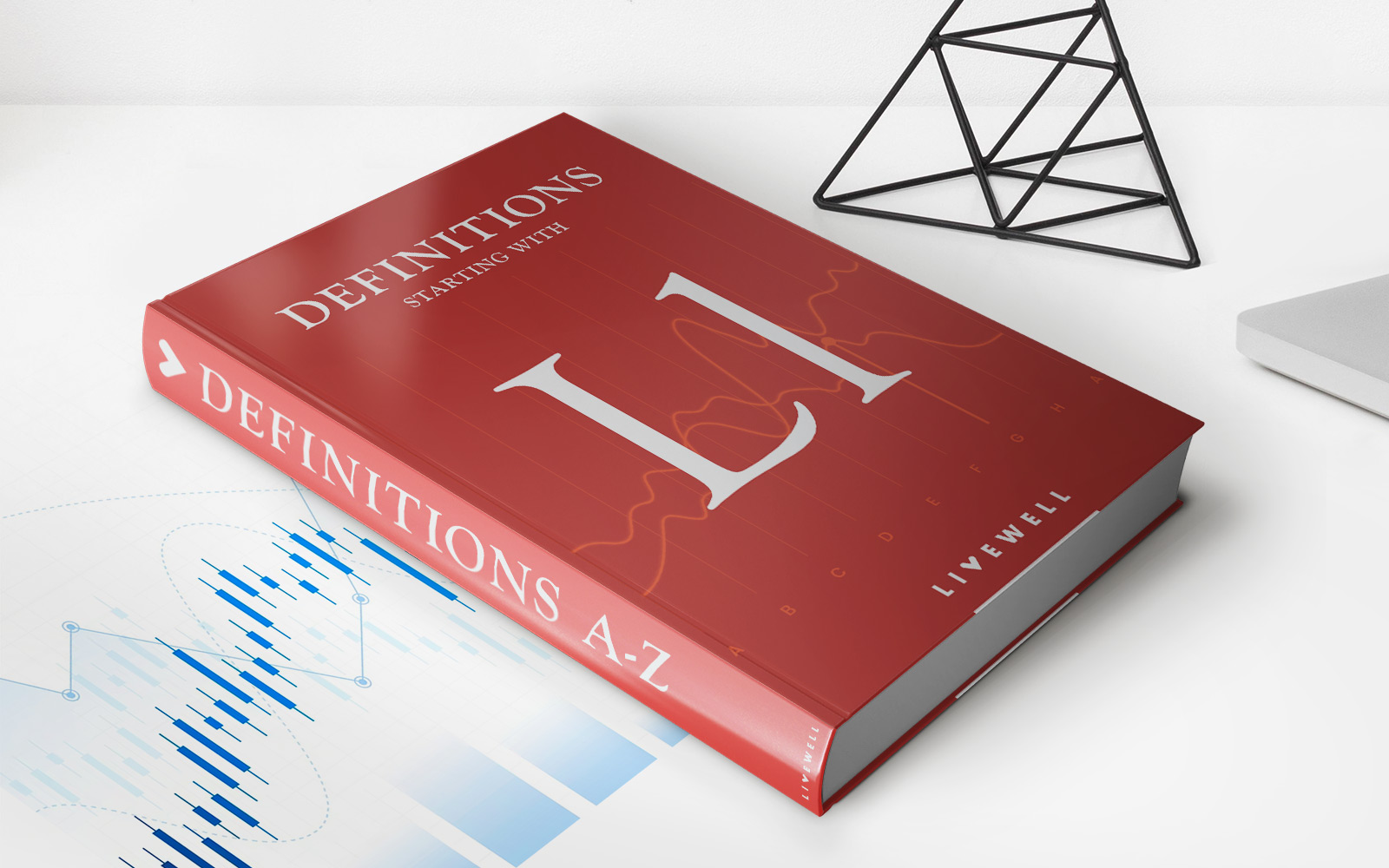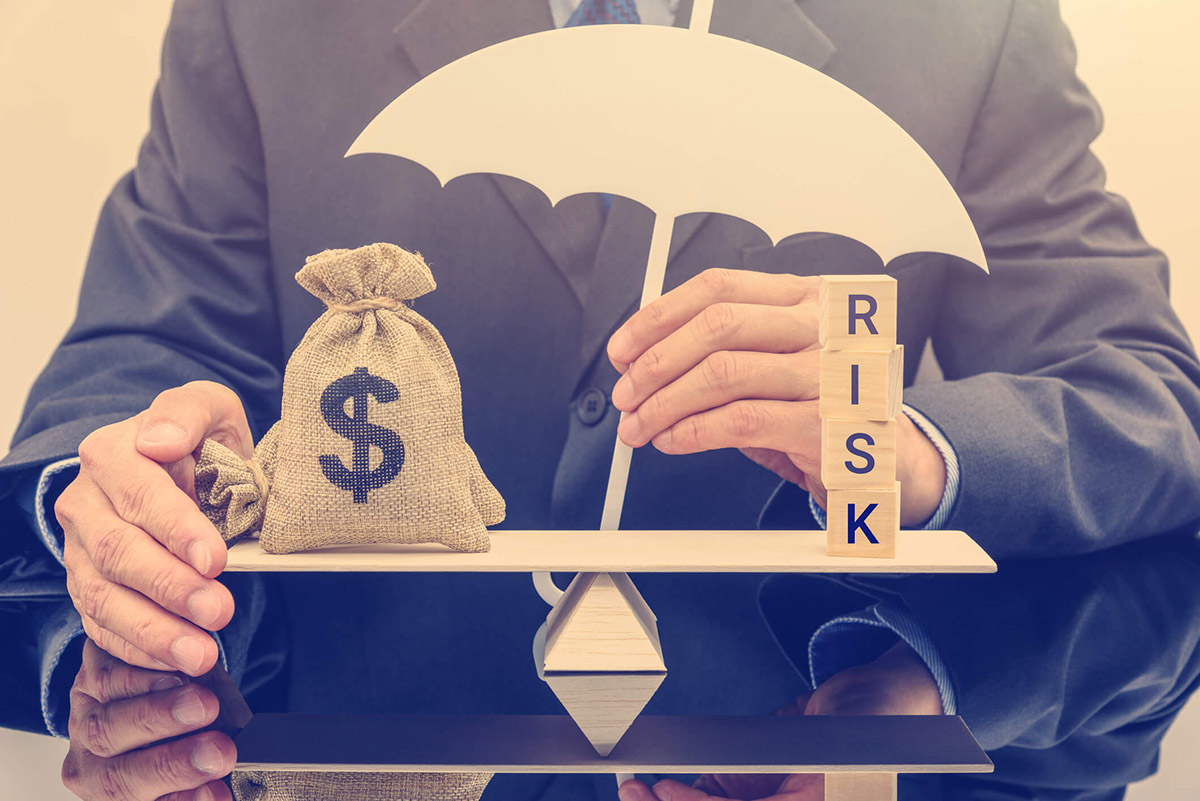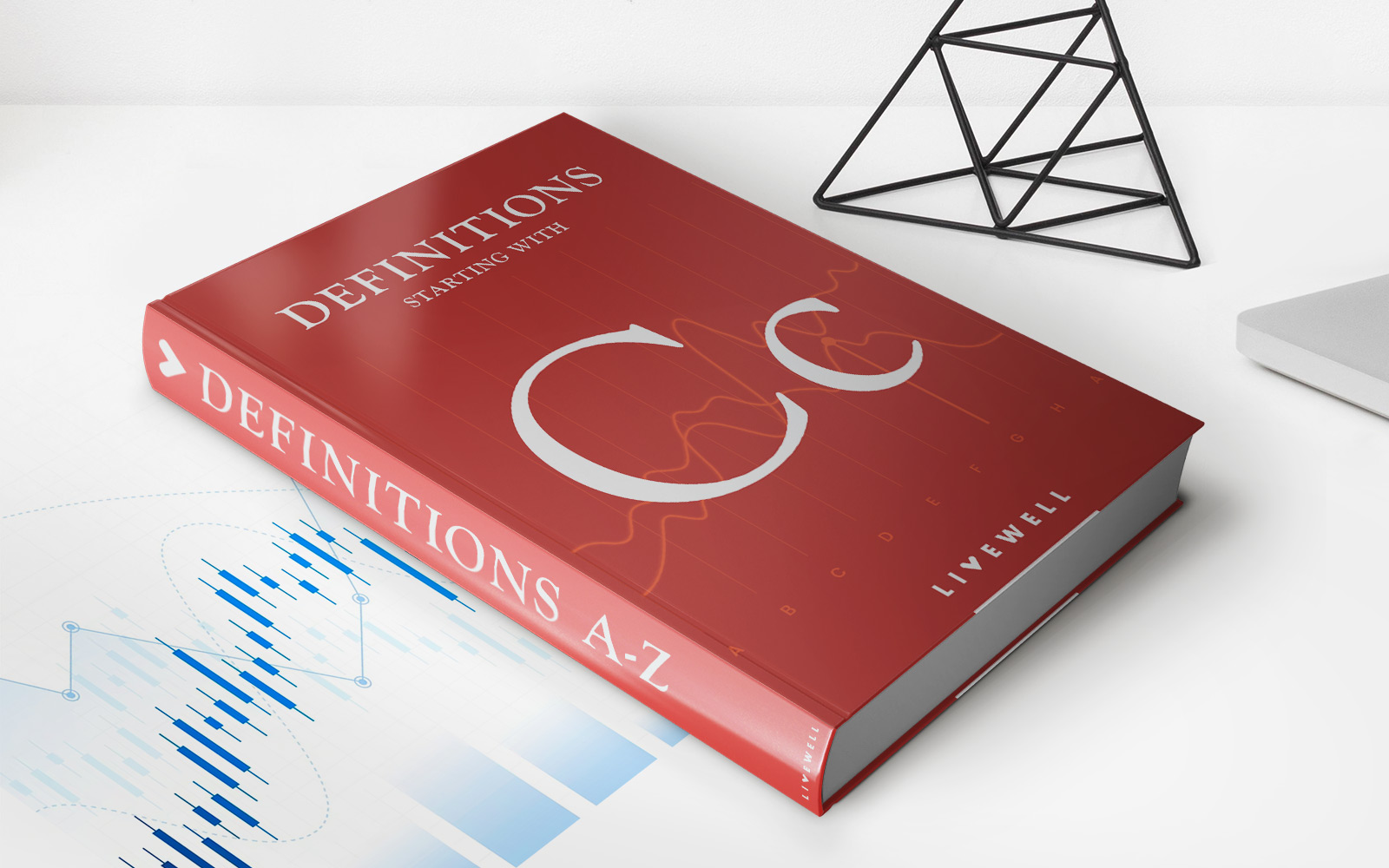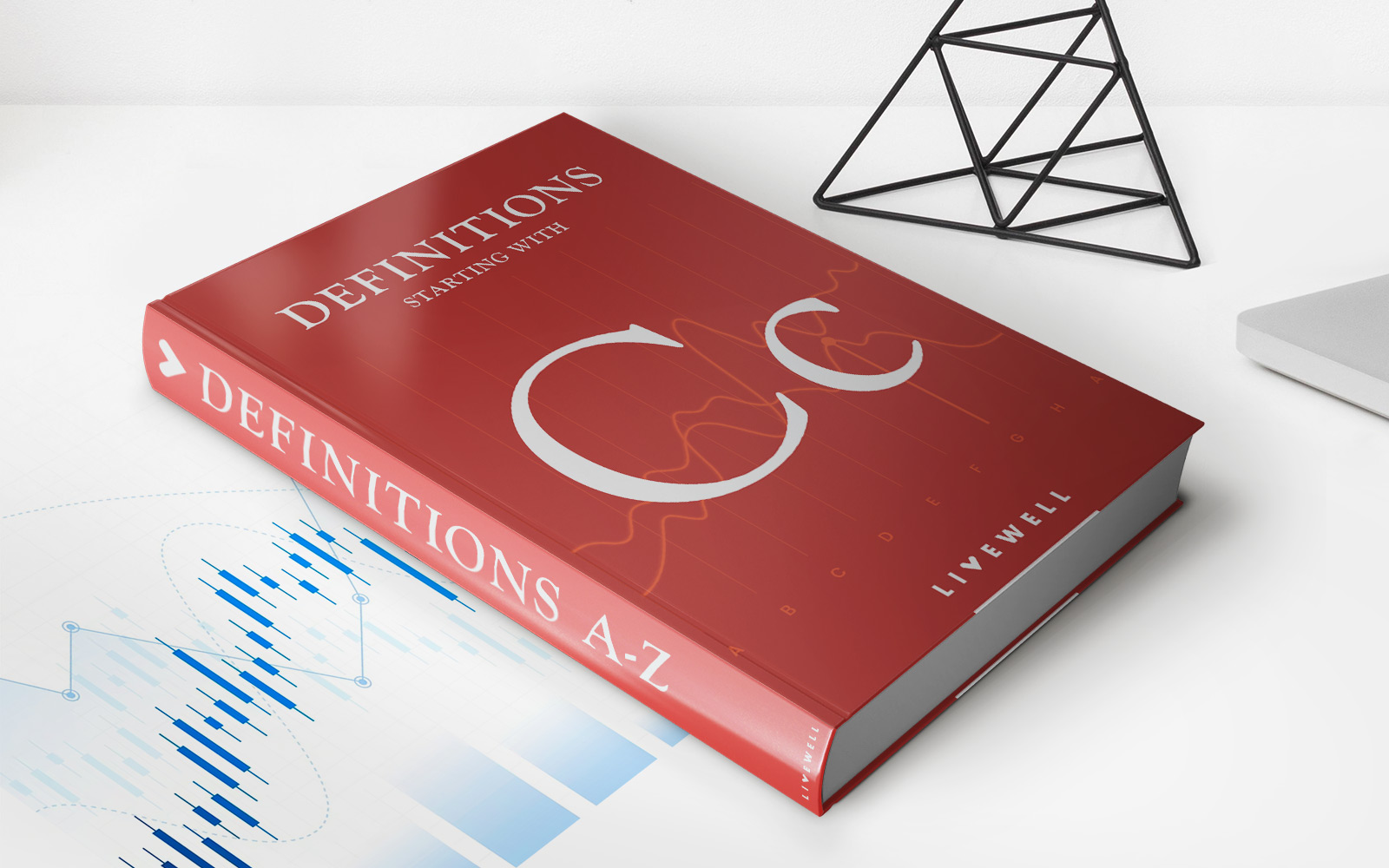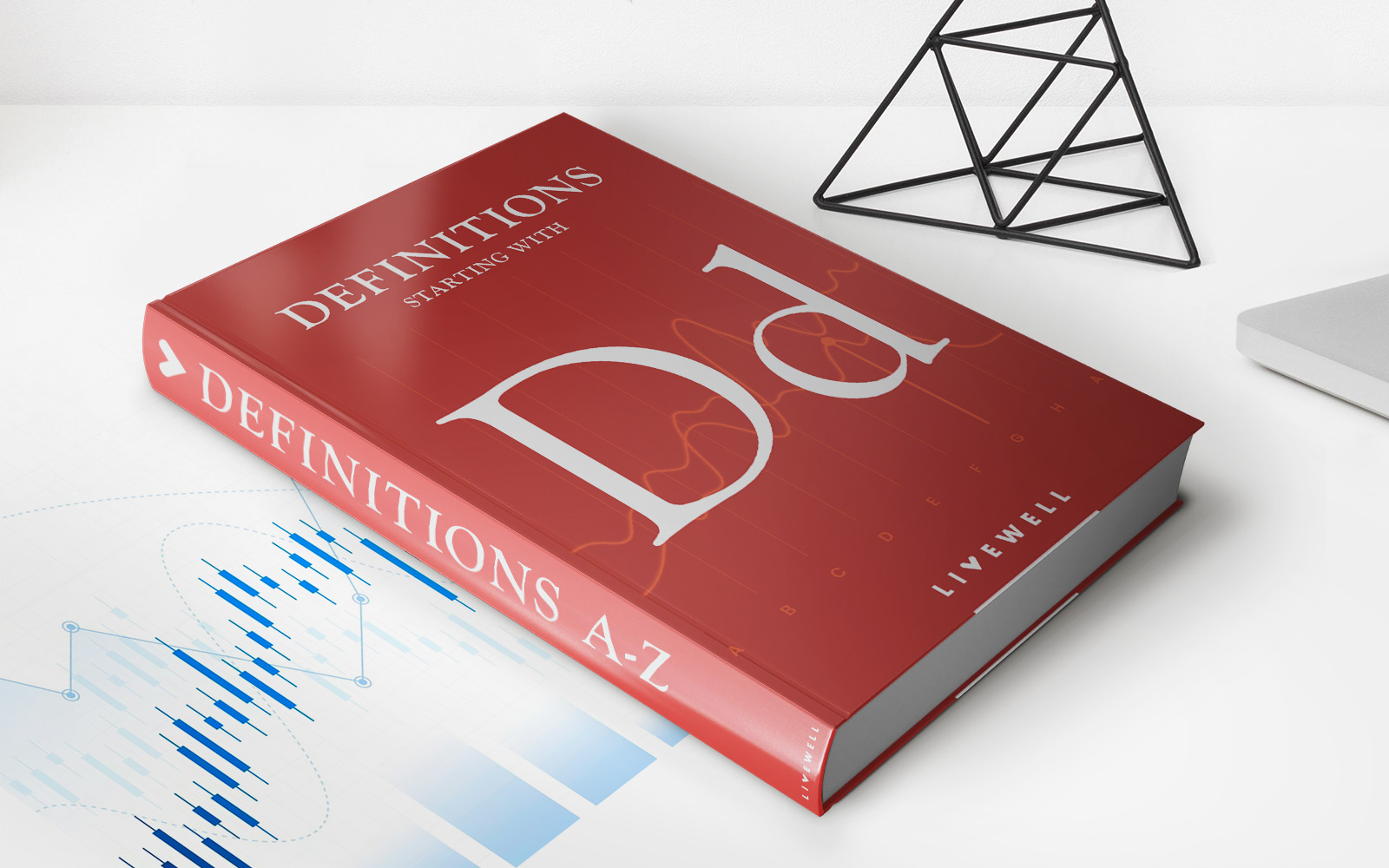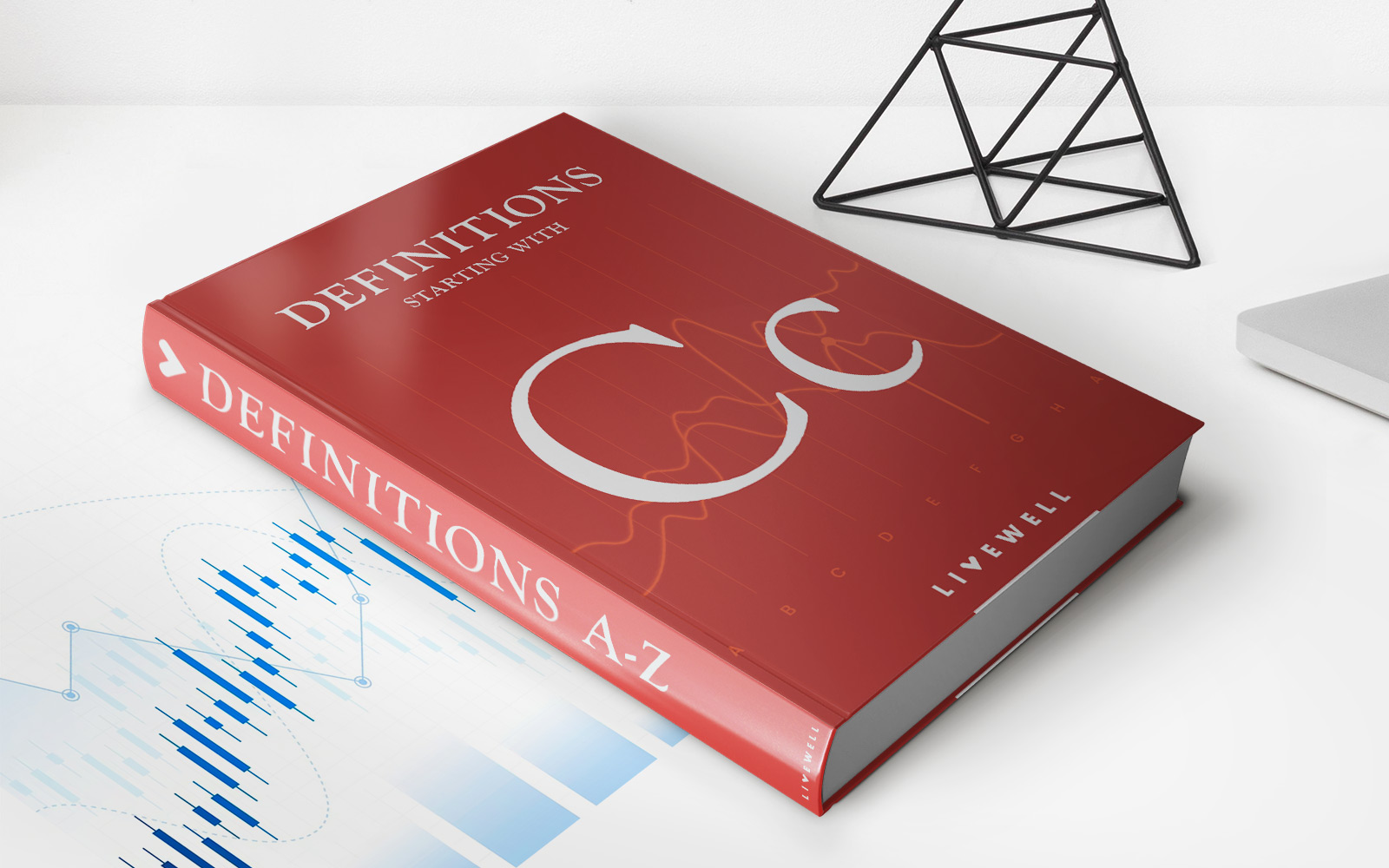

Finance
Cyclical Risk Definition
Published: November 7, 2023
Understanding the cyclical risk in finance and how it impacts investments. Discover strategies to mitigate financial risks and maximize returns.
(Many of the links in this article redirect to a specific reviewed product. Your purchase of these products through affiliate links helps to generate commission for LiveWell, at no extra cost. Learn more)
The Cyclical Risk Definition: Understanding the Financial Market’s Ups and Downs
Welcome to our finance blog where we dive deep into various aspects of the financial world. Today, we are going to explore a fundamental concept in finance – cyclical risk. If you’ve ever wondered why the financial markets have their ups and downs, this post is for you. We will define cyclical risk, discuss its causes, and explore ways to manage it effectively.
Key Takeaways:
- Cyclical risk refers to the volatility and fluctuations in the financial markets that are driven by the business cycle.
- Understanding and managing cyclical risk is crucial for investors, businesses, and policymakers to make informed decisions and mitigate potential losses.
So, what exactly is cyclical risk? In simple terms, cyclical risk is the inherent vulnerability of the financial markets to economic cycles. Economic cycles, also known as business cycles, are the stages of expansion and contraction that occur in an economy over time. These cycles are characterized by periods of growth, peak, recession, and trough. The financial markets, including stocks, bonds, and commodities, are influenced by these economic cycles.
Investors face cyclical risk because the value of their investments can fluctuate based on the current economic climate. During periods of economic expansion, stock markets tend to soar, and there is an increased demand for goods and services. This can lead to higher corporate profits, which in turn impacts stock prices. On the other hand, during recessions, stock markets may decline, and businesses may experience reduced earnings.
It’s important to note that cyclical risk affects different sectors and industries to varying degrees. Industries such as technology and consumer discretionary tend to be more sensitive to economic cycles, while sectors like healthcare and utilities are generally considered less cyclical.
Managing cyclical risk can be challenging, but there are strategies to help minimize its impact. Below are a few approaches:
- Diversification: Diversifying your investment portfolio across different asset classes, sectors, and geographies can help reduce the impact of cyclical risk. By spreading your investments, you can potentially offset losses in one area with gains in another.
- Staying Informed: Keep a close eye on economic indicators and financial news to stay informed about the current stage of the business cycle. This knowledge can help you make more informed investment decisions and adjust your strategies accordingly.
- Long-Term Perspective: Cyclical risk tends to be more short-term in nature. By taking a long-term approach to investing, you can ride out the ups and downs of the market and potentially benefit from the overall growth of the economy over time.
In conclusion, understanding cyclical risk is essential for anyone involved in the financial markets. By recognizing the impact of economic cycles on investments, individuals and businesses can make informed decisions and navigate the market more effectively. Remember to diversify your portfolio, stay informed about the current stage of the business cycle, and take a long-term perspective to minimize the impact of cyclical risk.

